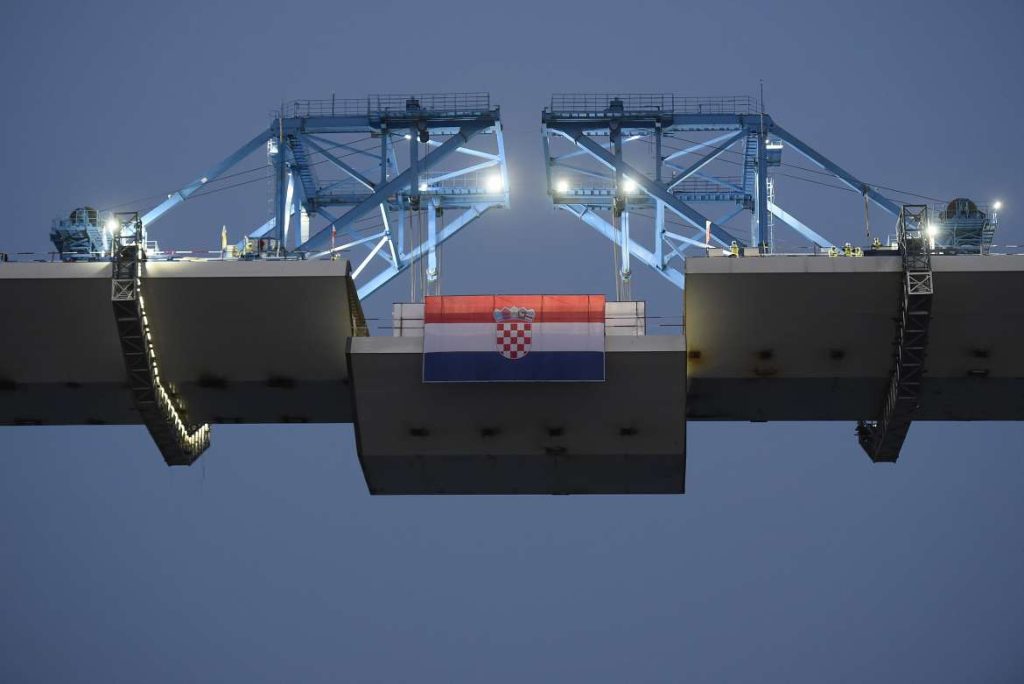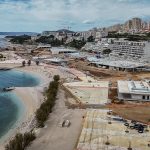Peljesac bridge was a long time coming, and with Chinese workers hard at work constructing it day and night, the bridge has been completed, finalising an enormous strategic Croatian project which has connected the extreme south of Dalmatia with the rest of the country, eliminating the need for a border crossing into neighbouring Bosnia and Herzegovina (through the coastal town of Neum).
The move has, as mentioned, also been of strategic importance to the European Union, which provided a huge percentage of money in non-refundable EU funds for the bridge’s construction, as Bosnia and Herzegovina’s small piece of coastline which broke up Croatian territory, remains a third country.
Potential names for the bridge, which has always been simply known as Peljesac bridge until now, have been flying around, and General Ante Gotovina has his own suggestion.
As Poslovni Dnevnik writes, General Ante Gotovina was asked what he would say to the Croatian people during the days of pride and glory of the celebration of Operation Storm (Oluja), General Gotovina said:
“As you can see, tradition is something we have to keep close to us. Security and freedom are a necessity every day, for those who care about it. This is found in our National Security System and within our Croatian Armed Forces. And for the rest of it – we need to work and work!
We have managed to bring a lot of strategic projects to fruition, we’ve met a lot of strategic goals since the end of the Homeland War. Much has been done. One of these is now the connection of the extreme south of Croatia with the rest of Croatia via the already famous Peljesac bridge. As the flag of the City of Dubrovnik says – Libertas! It would be nice to call that bridge Libertas. It represents freedom,” Gotovina told IKA.
For more, follow our lifestyle section.









